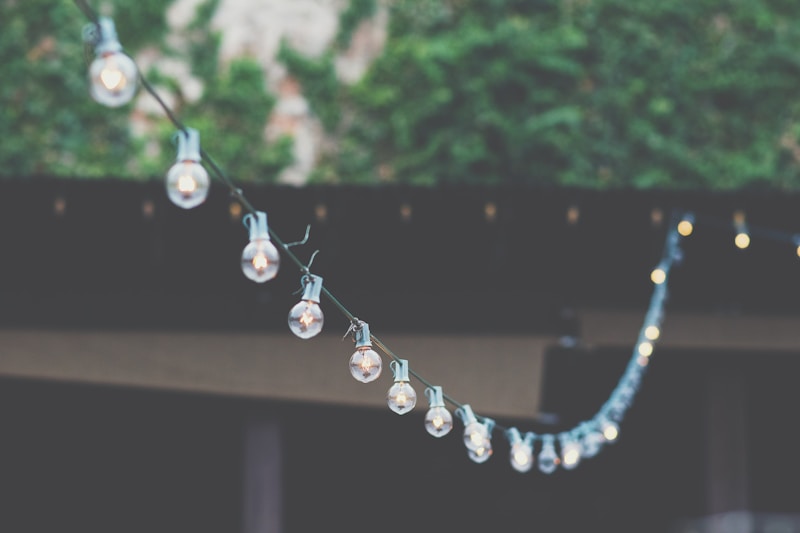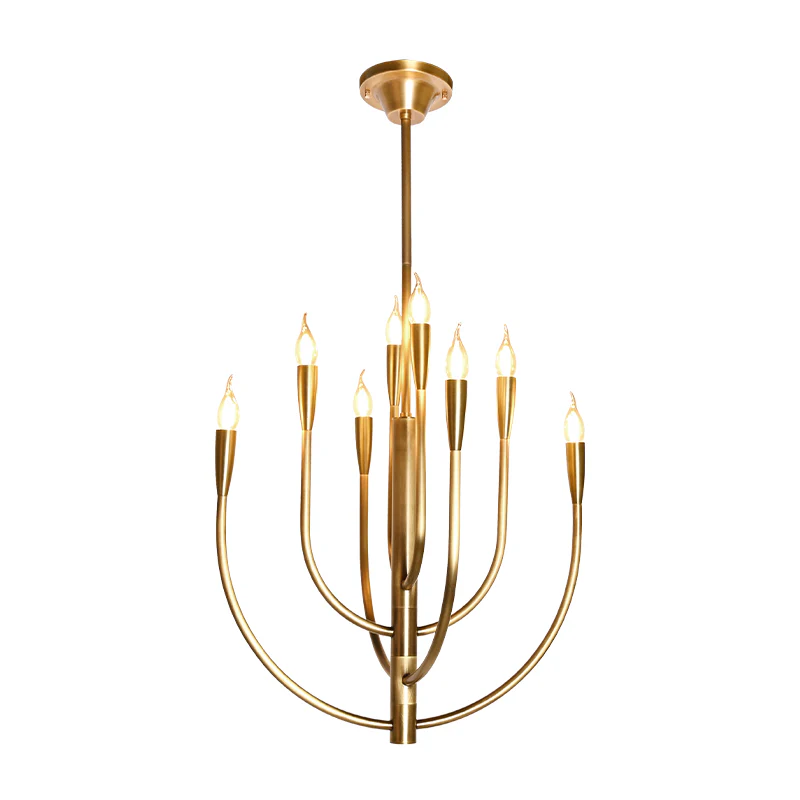Exploring the Fascinating World of Characteristic Bulb Shapes
Exploring the Fascinating World of Characteristic Bulb Shapes
Introduction to Characteristic Bulb Shapes
Light bulbs have evolved significantly over the years, not just in terms of technology but also in their design. Characteristic bulb shapes play an essential role in aesthetic appeal, functional purposes, and energy efficiency. Understanding these shapes can help you make better choices for your lighting needs, whether for commercial or personal use. In this article, we will delve into the various characteristic bulb shapes, their applications, and some tips on selecting the right one for your space.
Why Characteristic Bulb Shapes Matter
The shape of a light bulb affects the distribution of light, the fitting compatibility, and even the ambiance of the space. Different environments and purposes require specific bulb shapes, making it necessary to choose wisely. Let's explore some of the distinct characteristic bulb shapes and their typical applications.
| Bulb Shape | Description | Common Uses |
| A-Line | Traditional bulb shape, resembling a classic incandescent bulb. | General lighting for homes. |
| Globe | Round shape that creates a soft, diffused light. | Decorative fixtures and pendant lights. |
| Candelabra | Small, slender bulb shape often used in chandeliers. | Elegant lighting in dining rooms. |
| Reflector | Bulb featuring a reflective coating to direct light. | Spotlighting and recessed lighting. |
| PAR | Parabolic aluminized reflector bulbs characterized by their focus. | Theatrical lighting and outdoor floodlights. |
Common Characteristic Bulb Shapes and Their Impact
To fully appreciate the importance of characteristic bulb shapes, let’s examine some popular types:
A-Line Bulbs
The A-Line bulb is perhaps the most recognizable shape and is often referred to as the standard light bulb. These classic bulbs are typically used in various fixtures throughout homes. They provide a warm, inviting glow, making them ideal for indoor settings. Energy-efficient alternatives to traditional incandescent A-Line bulbs, such as LED versions, have become popular due to their longer lifespan and reduced energy consumption.

Globe Bulbs
Globe bulbs have a round form and are known for their ability to diffuse light effectively. This characteristic makes them a popular choice for decorative fixtures, such as pendant lights and wall sconces. The soft light they emit creates a comfortable atmosphere, making them suitable for use in living rooms, kitchens, or any space where ambiance is important.
Candelabra Bulbs
Candelabra bulbs, with their elegant, slender shape, are commonly used in chandeliers and decorative fixtures. Their characteristic shape allows for a more traditional aesthetic, enhancing the overall appearance of spaces designed for entertaining or dining. These bulbs are often found in dining rooms or entryways requiring an elegant source of light.
Reflector Bulbs
The reflector bulb is designed with a reflective coating that directs light in a specific direction. This feature makes them perfect for spotlighting artwork or throwing light onto particular areas in a room. They are frequently used in recessed lighting applications and can sometimes be found in track lighting setups, offering versatility in illuminating a space.
PAR Bulbs
PAR (Parabolic Aluminized Reflector) bulbs are specialized bulbs designed for focused lighting applications. Their distinct shape allows them to project light effectively, making them ideal for theatrical lighting and outdoor settings. They are often used in commercial spaces where bright, directed light is necessary for visibility and ambiance.
Selecting the Right Bulb Shape for Your Needs
When selecting a bulb shape, there are several factors to consider:
- Purpose: Determine the primary purpose of the lighting (e.g., general illumination, accents, or atmosphere).
- Design Compatibility: Choose a bulb shape that fits with your existing fixtures, both in design and size.
- Energy Efficiency: Opt for energy-efficient options where possible to reduce energy costs and environmental impact.
- Color Temperature: Be mindful of the color temperature, which can significantly affect the ambiance (warm vs. cool light).
Conclusion
Characteristic bulb shapes are more than just aesthetic choices; they influence how light is distributed throughout a space and can affect the mood and functionality of environments. Whether you are looking for something traditional like an A-Line bulb or something more specialized like a PAR bulb, understanding the options available is key to making an informed decision.
As we continue to embrace energy-efficient lighting technologies, the variety of characteristic bulb shapes will expand, providing even more options to suit all types of settings. Remember to consider the primary purpose of the lighting, the design of your fixtures, and the energy efficiency of your choices.
Next time you choose lighting, take a moment to think about the shape of your bulbs—your selection can truly enhance your space.
